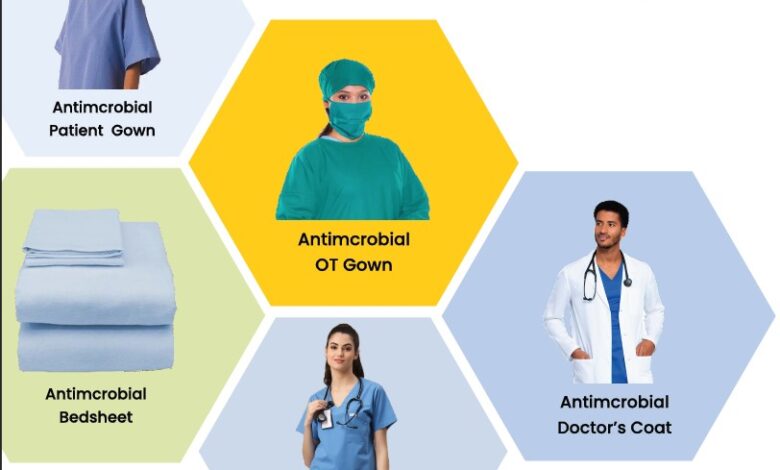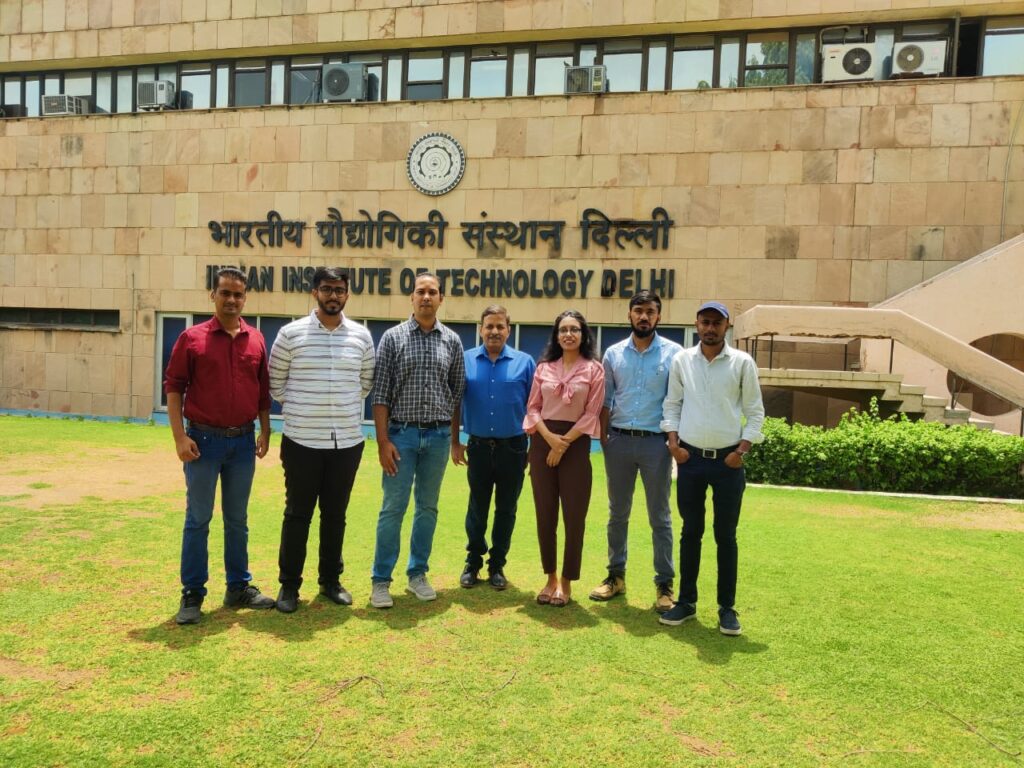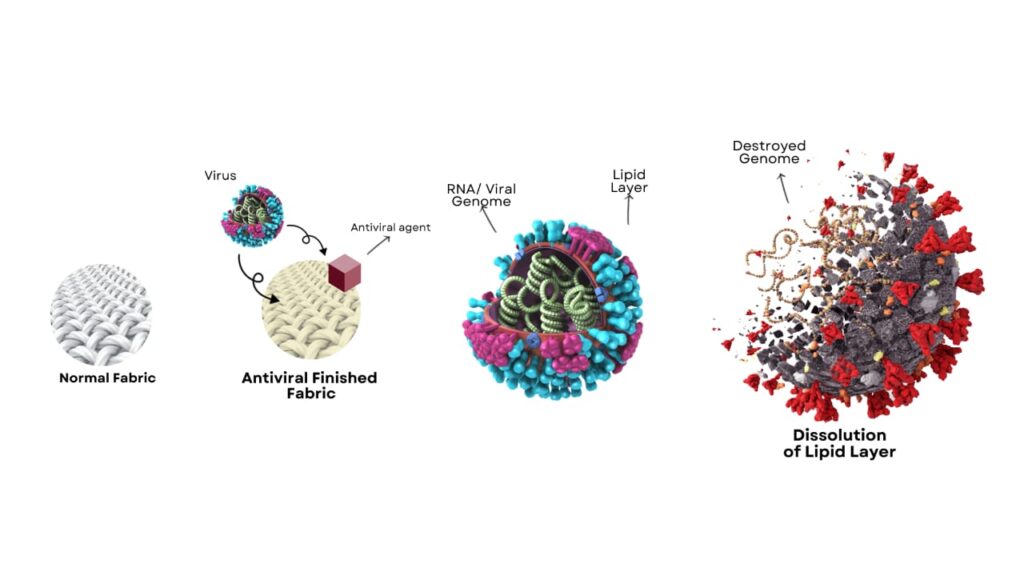Startup Incubated at IIT Delhi Develops Antimicrobial Solution That Provides Long-Lasting Protection Against Hospital-Acquired Infections
Provides antimicrobial efficacy upto 99.9% against viruses, bacteria & fungus

Medicfibers, a FITT, IIT Delhi incubated startup, in collaboration with AIIMS New Delhi, has developed an antimicrobial solution Viroclog® that when applied as a coating on textiles, provides long-lasting protection against HAI by reducing virus, bacteria, fungi survival on fabric. Coating the Viroclog® on textiles lowers the surface energy preventing adhesion of microbes and destroys the membrane integrity of microbes. Destruction of lipid-based membrane barrier makes the microbes inactive, thus preventing infection transmission. The basic significance of this technology is to save lives and reduce healthcare associated costs by integrating antimicrobial technology with hospital clothing that provides a layer of protection against microbial pathogens.

Textile materials are major carriers of microbial pathogens resulting in serious Hospital-acquired infections (HAI) globally. According to the WHO, every 1 in 10 hospitalized patients experiences a hospital-acquired infection (HAI) globally.
The tests done by AIIMS New Delhi, IISc Bangalore,and multiple NABL accredited labs, show that Viroclog® technology contributes significantly towards reducing infections through antimicrobial hospital clothings. “The existing market players primarily rely on Ag-coated nanoparticles, while ViroClog® is significantly different, possessing broad-spectrum antimicrobial properties. Secondly, while currently available solutions offer coating protection up to ~50 washes, the patented ViroClog® solution in multiple laboratory testings could provide protection lasting more than 100 washes demonstrating a high durability.

ViroClog® solution reduces infections,” Mr. Harsh Lal, Founder, Medicfibers said. “Clothing materials provide room for the growth of pathogenic bacteria as they are porous, which only increases further in the humid and warm environment of the Indian subcontinent. Further, HAIs lead to prolonged hospitalization, added financial burden, and often more mortality. Therefore, there is a strong rationale for developing technology in India to reduce the HAI burden through a range of antimicrobial hospital clothing for healthcare,” Dr. Sachin Kumar, mentor to the startup and a faculty member at the Centre of Biomedical Engineering, IIT Delhi added.
“Hospital-acquired microbial infections are a major problem not only in India but globally. During the Covid-19 pandemic, there is a renewed sense of urgency in tackling this issue. In this context, it is now being realized that clothing and textile materials are not only carriers of microorganisms such as pathogenic bacteria, viruses, and fungi, but also can act as a breeding ground for the growth of these microbes. Therefore, there is an urgent unmet need for medical workers in hospital settings to have protective clothing that provides long-lasting protection against microbes while being economical and comfortable. Medic Fibers have performed significant work in this direction to provide affordable clothing solutions,” Dr. Vikram Saini, Medical Advisor to the startup and a faculty member at AIIMS New Delhi said.




